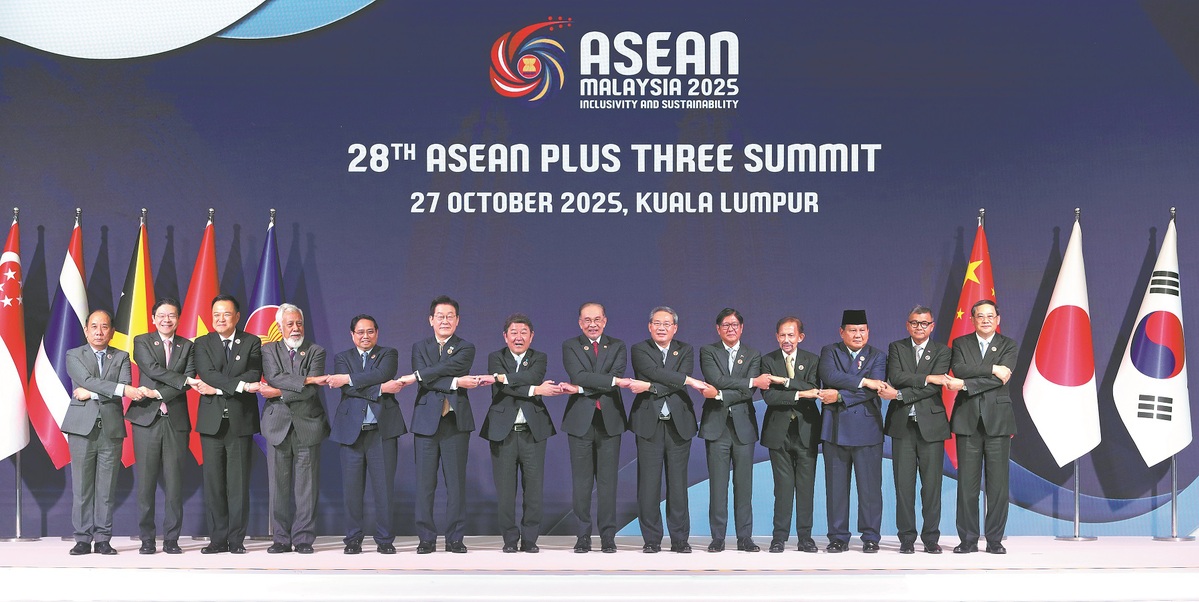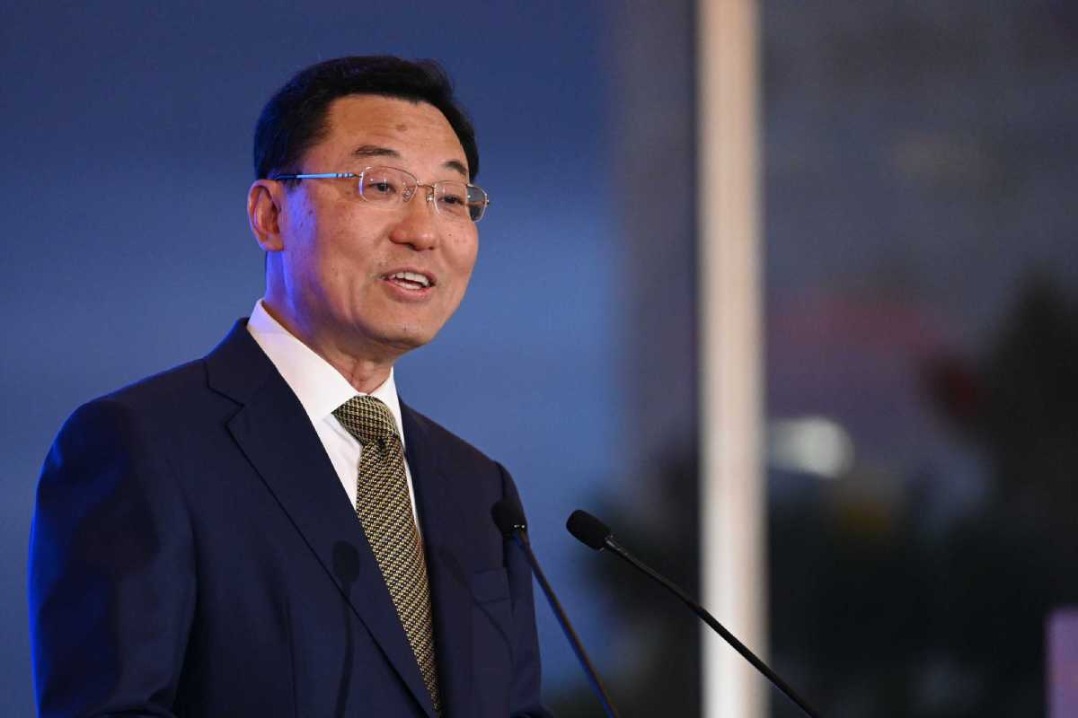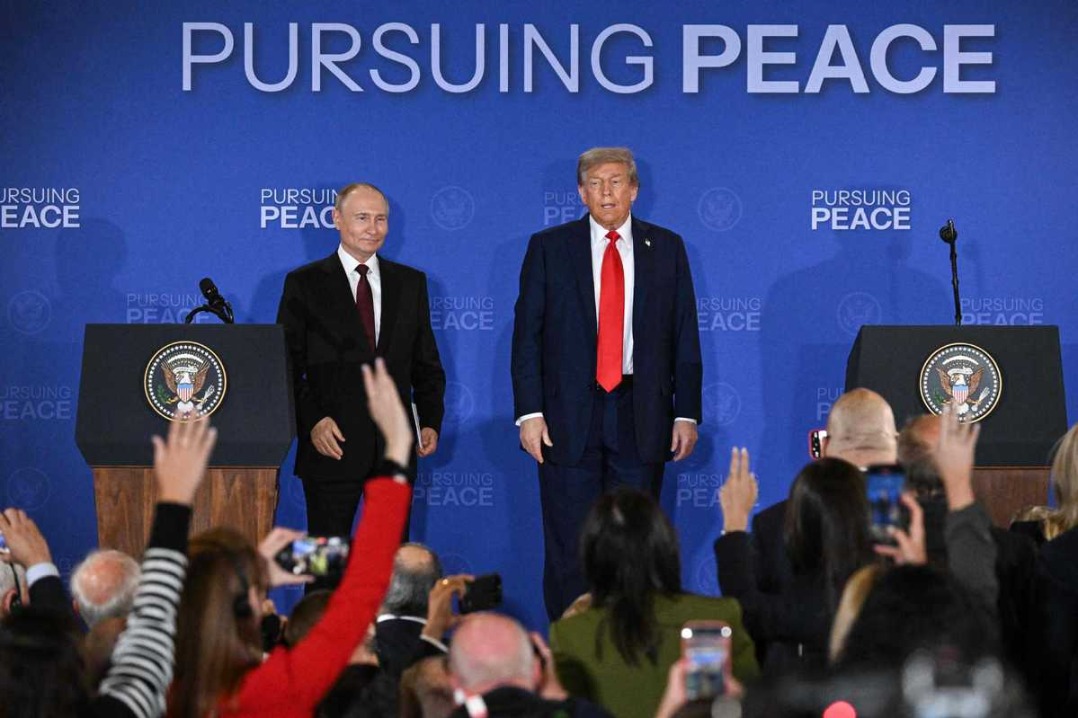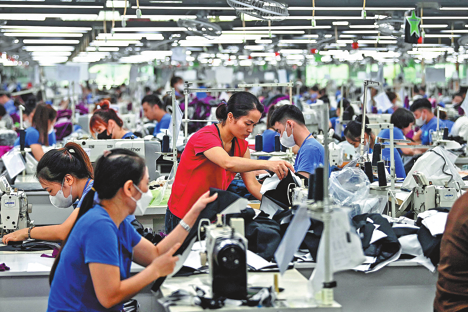China, ASEAN can redefine future of regional order


While a rhetoric of "great power competition" reverberates in Western discourse, Asia's approach to coexistence, dialogue and regional order remains unique.
Rooted in pragmatism, mutual respect and consensus, the "Asian way" has often been described as too idealistic or too slow. Yet it is precisely this method of patient engagement that has sustained peace in a region historically marked by deep colonial wounds, strategic rivalries and civilizational diversity.
As the Association of Southeast Asian Nations prepares to face a future of shifting power balances, the dynamics between China and ASEAN have reached a crucial juncture that demands a fresh political imagination and deeper intellectual engagement. This ASEAN-China partnership must evolve beyond trade and diplomacy; it must become a model for managing the future of global multipolarity.
The post-pandemic world is witnessing a reconfiguration of strategic alignments. The West's fixation on the "Indo-Pacific" narrative has, intentionally or not, attempted to redefine Asia's own geographical and political imagination. Yet ASEAN and China have shown resilience in navigating these shifts.
The ASEAN Outlook on the "Indo-Pacific" emphasizes inclusivity, dialogue and cooperation — principles that align with China's vision of a shared future for humanity. But such harmony cannot remain rhetorical. The time has come to transform these principles into a practical political philosophy that can serve as an Asian alternative to Western frameworks of power politics.
This requires intellectual courage. Regional players need to move from reactive diplomacy to proactive regional design.
The world no longer functions on the binaries of East versus West, or democracy versus autocracy. Instead, it is increasingly shaped by how regions organize themselves in dealing with uncertainty.
The Chinese notion of harmony and the ASEAN emphasis on consensus and noninterference should not be misunderstood as passivity; rather, they can become the foundation for a new strategic logic — one that values balance over dominance, interdependence over isolation, and foresight over reaction.
In this context, the South China Sea disputes — often sensationalized as a symbol of rivalry — should instead be treated as a laboratory for creative diplomacy.
Instead of relying on military deterrence or legal confrontation, concerned countries could pioneer an "Asian mechanism for shared stewardship", where contested waters are jointly developed for environmental protection, scientific research and sustainable fisheries.
Such an approach would demonstrate to the world that Asia has its own way of resolving conflicts — through trust-building and shared responsibility rather than zero-sum competition.
However, moving forward requires addressing an intellectual gap.
While economic cooperation between China and ASEAN has deepened, the conceptual foundation of their political engagement remains underdeveloped.
For the partnership to mature, it must rest on a shared political philosophy that blends Confucian harmony, Islamic moderation and Southeast Asian pragmatism into a coherent vision for regional governance.
Such a synthesis would not only enrich Asia's strategic thinking, but also offer the world a new model for civilizational coexistence, in which power is exercised through wisdom, not dominance.
Looking ahead, China's role as a leading civilizational power gives it both responsibility and opportunity. Rather than seeking alignment or leadership in the Western sense, China could act as a "moral anchor" for regional order, setting an example in restraint, dialogue and long-term thinking.
For ASEAN, the challenge lies in enhancing internal unity while preserving strategic autonomy. By embracing future-oriented diplomacy, ASEAN can move from being a forum of crisis management to a platform for collective visioning.
Together, China and ASEAN could initiate a joint Futures Council for Asia — a permanent platform to anticipate geopolitical, technological and environmental shifts, and to design cooperative responses before crises emerge. This would institutionalize foresight in regional policy and ensure that Asia's future is shaped deliberately, not reactively.
The world is watching how Asia will respond to growing fragmentation in global governance.
The challenges facing the United Nations Security Council and the weaponization of global trade and technology have demonstrated that the current world order is losing coherence. In this vacuum, regions that can maintain stability through dialogue and cooperation will define the next phase of international relations.
China and ASEAN, with their collective population, economic power and civilizational depth, are well positioned to do so — if they can transcend tactical calculations and think in terms of shared future.
Ultimately, the strength of the China-ASEAN partnership will not be measured merely by GDP figures or trade volume, but by its ability to craft a moral and political narrative that inspires the world.
In an age of cynicism and confrontation, Asia can remind humanity that peace is not the absence of conflict, but the presence of wisdom.
The Asian way — if reimagined through foresight, courage and sincerity — can become the cornerstone of a new regional and global order, one that honors the past while shaping a just and cooperative future.
The author has a PhD in political science from the Department of Fundamental and Inter-Disciplinary Studies at International Islamic University Malaysia.
The views do not necessarily reflect those of China Daily.






























